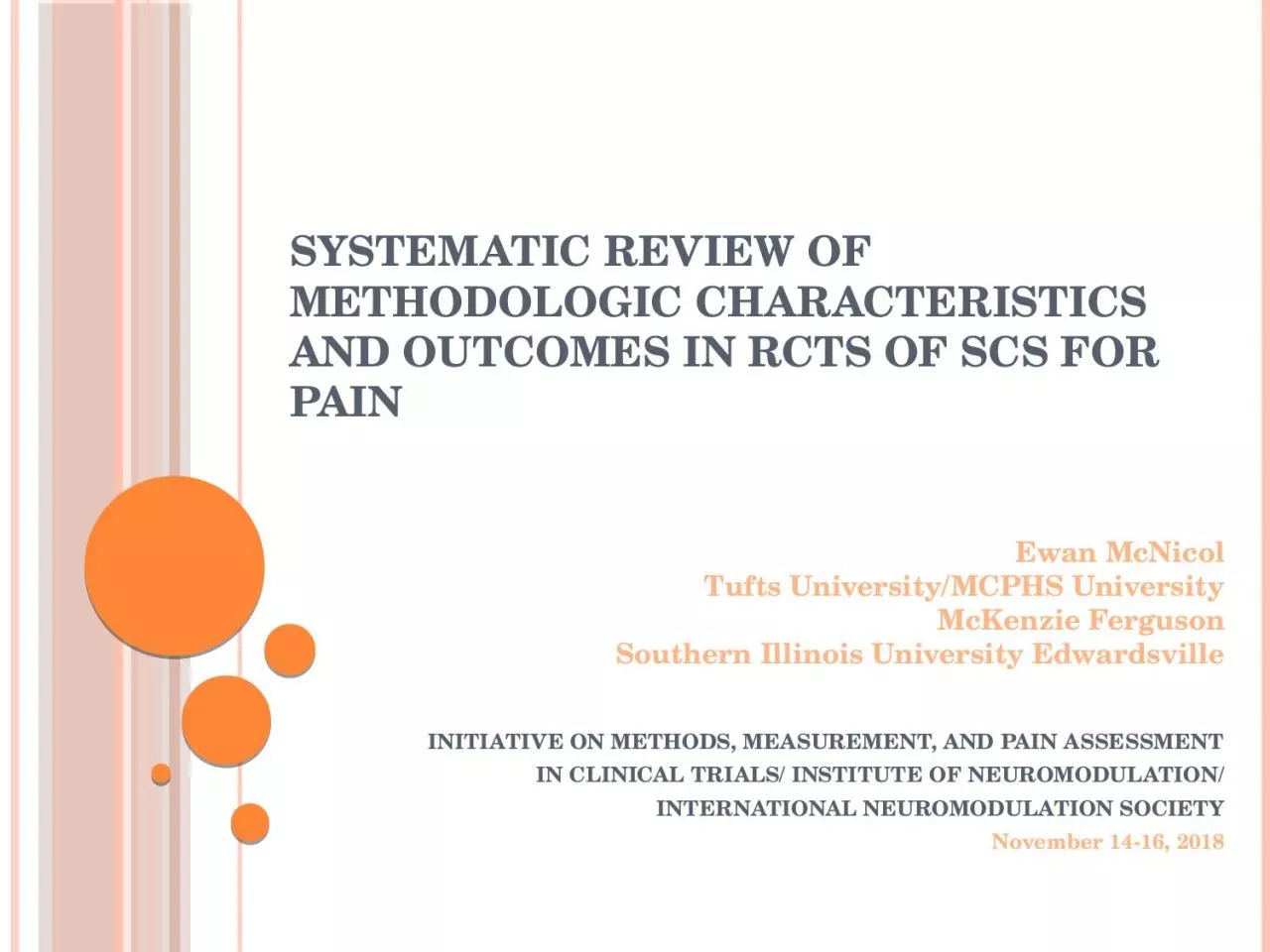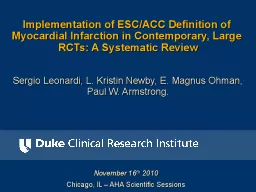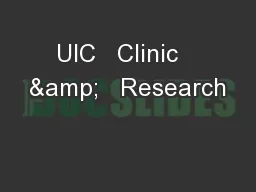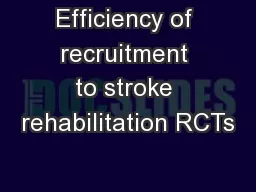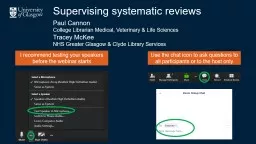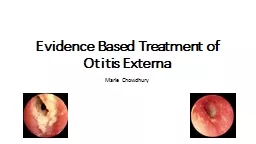PPT-Systematic review of methodologic characteristics and outcomes in RCTs of SCS for pain
Author : FoxyLady | Published Date : 2022-07-28
Ewan McNicol Tufts UniversityMCPHS University McKenzie Ferguson Southern Illinois University Edwardsville INITIATIVE ON METHODS MEASUREMENT AND PAIN ASSESSMENT
Presentation Embed Code
Download Presentation
Download Presentation The PPT/PDF document "Systematic review of methodologic charac..." is the property of its rightful owner. Permission is granted to download and print the materials on this website for personal, non-commercial use only, and to display it on your personal computer provided you do not modify the materials and that you retain all copyright notices contained in the materials. By downloading content from our website, you accept the terms of this agreement.
Systematic review of methodologic characteristics and outcomes in RCTs of SCS for pain: Transcript
Download Rules Of Document
"Systematic review of methodologic characteristics and outcomes in RCTs of SCS for pain"The content belongs to its owner. You may download and print it for personal use, without modification, and keep all copyright notices. By downloading, you agree to these terms.
Related Documents

